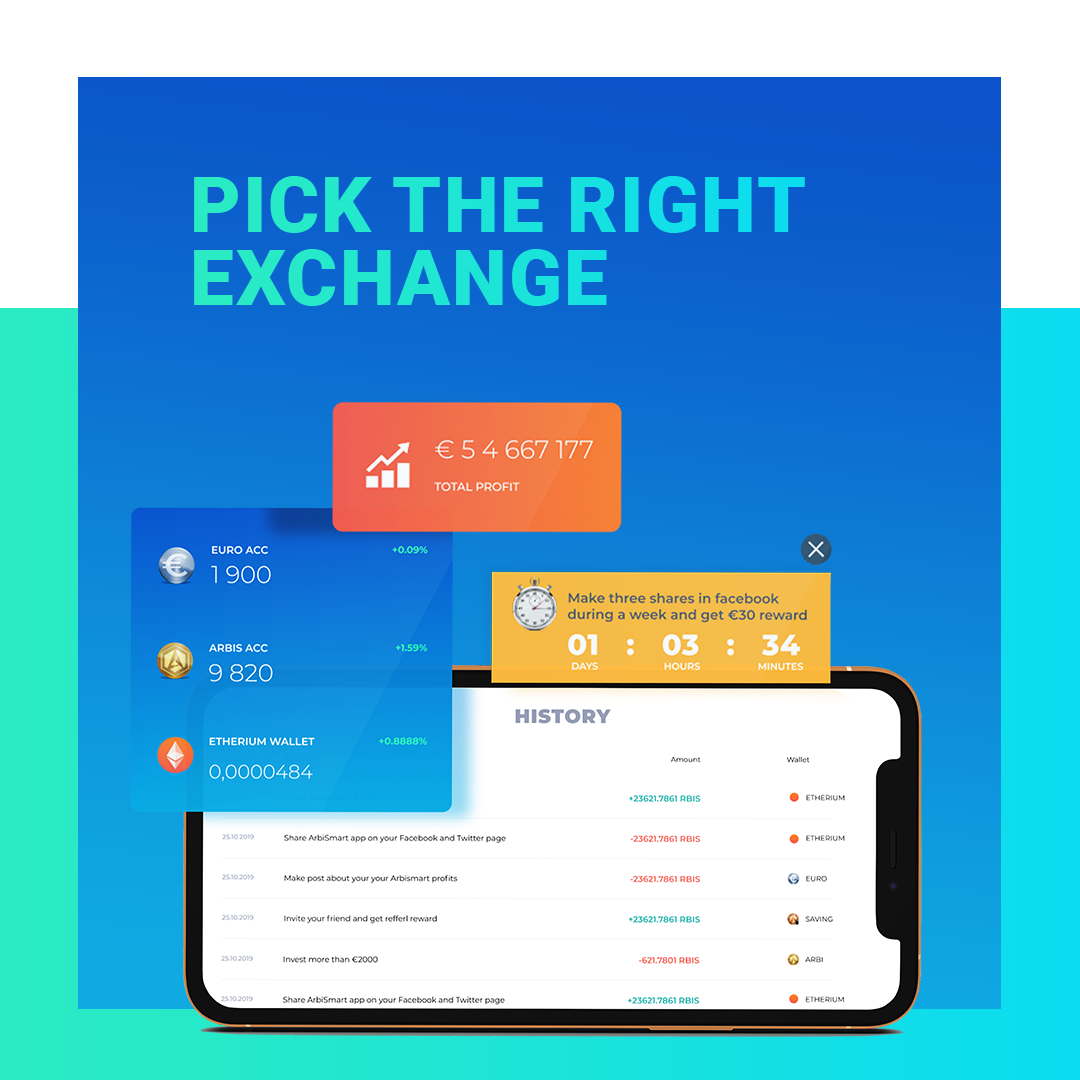A Strategic Guide to Day Trading Cryptocurrency
Day traders, who are already familiar with the world of online finance and want to branch out into cryptocurrencies, will find a number of similarities to more traditional markets. Many of the same basic rules apply and the same technical indicators can be used, but the unique nature of the digital currency exchanges will impact the factors that determine whether or not you choose to trade a given coin and will strongly influence your market strategy.
What stays the same?
Put simply, as with any type of trading, you need to have a plan, stick to it, and choose the mode of trading that best suits your knowledge level and the amount of time and capital you have available to invest. Also, of course, you need to manage your risk effectively, trade in a regulated environment and keep a close eye on the news impacting your chosen market. Technical analysis tools can offer valuable insights into current and historical patterns helping you make an intraday crypto profit. The option of trading on margin also exists in the crypto arena, enabling you to leverage trading power beyond the size of your capital investment, with the same associated risks and rewards.
What’s different about cryptocurrencies?

As legal tender under government oversight, fiat currencies offer a certain stability. They are tightly controlled, and arguably, their movements are easier to anticipate than those of decentralized digital currencies, which offer unprecedented levels of volatility. These rapid price shifts translate to greater risk, while also generating exceptionally lucrative revenue opportunities.
In this guide to day trading cryptocurrency, we intend to provide some basic day trading cryptocurrency tips and strategies to help you navigate this emerging asset class and take advantage of the immense profit potential of the fast-paced digital currency markets.
Choose a liquid coin
While some digital currencies have become household names, many others get lost in the crowd and the liquidity of cryptocurrencies can be far lower than for their fiat counterparts.
The volatility and liquidity of a coin are essential as they will impact your bottom line, but don’t dismiss smaller altcoins out of hand, as they can provide great opportunities for short-term trading. Since low liquidity can be dangerous, resulting in slippage and consequently significant losses, you should always check the twenty-four-hour trading volume for your chosen currency, using one of the many free tools available online.
Mitigate your risk
No guide to day trading cryptocurrency would be complete without a discussion of risk assessment. By nature, day trading is not for the risk-averse investor. This is even truer, when it comes to the crypto trader, as they are choosing to enter the world’s most volatile market. There are however a number of ways to mitigate your exposure.
Firstly, one of the most important cryptocurrency day trading rules with regards to risk management has to be to place Stop Loss and Take Profit orders. This way you can reduce your risk when the market is moving against you and ensure you don’t lose out on crypto profits from a successful trade.
Secondly, choose a fully regulated platform, as this will best ensure the security of your funds. Only a broker that requires KYC and AML identity verification is delivering the trust, transparency and security you need to safely enter the crypto space.
Lastly, you can also choose a minimum- risk day trading strategy, such as crypto arbitrage trading that enables you to take advantage of price inefficiencies between exchanges, buying a currency on one exchange at the lowest available price and then selling it on another exchange at the highest available price. The safest and most profitable means of crypto arbitrage day trading is with an automated platform that can seize opportunities as soon as they arise, around the clock and respond instantly to the market. One example of the type of platform that implements this strategy is ArbiSmart.com. They have the capacity to scan numerous exchanges simultaneously, instantly executing multiple trades at once at the best possible price.
Pick the right exchange

If you end up choosing to trade via an exchange, as opposed to with a broker there are a number of important considerations.
As we’ve discussed, liquidity is an important criterion for choosing which coins to trade, but also want an exchange with a high overall trading volume. The most profitable exchanges are those with the most activity and the trader benefits from greater speed, efficiency and easy inter-conversion for fiat and cryptocurrencies.
The best cryptocurrency exchange for day trading will also be the one that offers the best exchange and trade fees, without additional charges for currency deposit and withdrawal. It will also offer a wide selection of currency pairs so that you can diversify your portfolio and respond to developing market opportunities that relate to a specific coin.
Hacking is a harsh reality of the crypto world that cannot be completely defended against. If your account is hacked and your funds are transferred out, there is very little chance of ever seeing them again but you can protect yourself somewhat by choosing a reputable exchange with no history of hacks.
Do your homework

So far, our strategic guide to day trading cryptocurrency has dealt with the many decisions that need to be taken in order to prepare yourself for entering the crypto arena, from choosing an exchange and the types of coins to trade, to managing risk. However another important factor is evaluating which emerging coins are experiencing increasing popularity and which types of events are likely to impact their current price.
As a day trader, you do not have to gain an in-depth understanding of blockchain technology, but a basic grasp will enable you to identify industry news that could point to promising new currencies. Equally, new government regulations relating to cryptocurrencies, or the hacking of an exchange could seriously impact the price of more established coins.
While industry regulation and taxation is well-established for day trading with more traditional assets, in the new world of digital currencies these are still being settled and each country has its own approach. As these rules continue to be developed you will need to keep up to date with the legal status of crypto trading in your region and with tax obligations.
This guide to day trading cryptocurrency, while covering many of the basic strategic considerations is far from all-encompassing. The opportunities presented by this fascinating new asset class are endless. It is opening the door to a world of new online financial possibilities and cryptocurrency day trading offers you a great way to diversify and strengthen your portfolio.